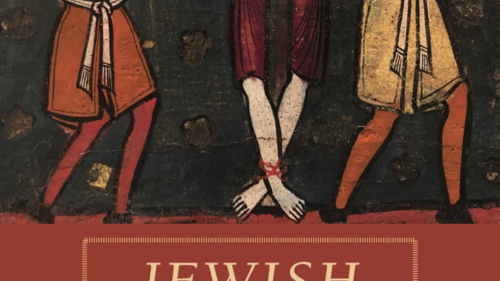Perhaps the greatest surprise confronting U.S. forces following the 2003 invasion of Iraq was the rise of firebrand Shiite cleric Muqtada al-Sadr. Prior to the invasion, Sadr was not on the U.S. radar, but in the wake of the operation, he became a military obsession, quickly establishing himself as the chief impediment to the restoration of order in the country, at least from Washington’s perspective. While Sadr’s Mahdi (or Mehdi) Army (meaning, loosely, the Army of the Messiah) was responsible for thousands of deaths—American as well as Iraqi—relatively little was known about Sadr and his militia beyond the names of top lieutenants or what could be gleaned from his speeches.
Krohley is a veteran of the “Human Terrain System,” the collection of social scientists embedded within U.S. fighting forces whose job was to illuminate the intricacies of local society to help the top brass’s decision-making. He remedies this lack of insight, shedding light on an important piece of recent U.S. history in Iraq.
He asks: Why did the Mahdi Army collapse in 2008? The rapidity of its fall with so little combat suggests other factors at play. In answering the question, the author weaves a masterwork of recent Baghdadi and Iraqi political history, setting his study apart from previous analyses of the surge, which tend to be long on journalism but short on understanding the nuances of Iraqi society.
Krohley traces the origins of the Mahdi Army to the growth of the eastern slums of Baghdad and the internal migration of Shiite Iraqis, beginning with the establishment of the republic in 1958. He examines the rise of the movement headed by Muqtada’s father, Grand Ayatollah Muhammad Sadiq al-Sadr in the 1980s and 1990s, set against the backdrop of U.N. sanctions and Saddam Hussein’s repressive reign. After the U.S.-led invasion, Muqtada sought to reconstitute his father’s movement but lacked the religious credentials or the necessary skills, beyond assembling his infamous and factious band of irregulars.
The author’s inner anthropologist shines through as he examines the heavily Shiite administrative district known as “New Baghdad” on a sub-district by sub-district level. Indeed, leafing through the nearly 100 pages of notes, scholars may sense the spirit of the late historian Hanna Batatu’s classic studies of Iraqi society, albeit with a narrower focus (and without an index—the book’s only flaw). Krohley looks at how each neighborhood viewed U.S. forces and interacted with the Sadrists as the 2008 showdown with the Mahdi Army loomed, and what this meant as U.S. soldiers pushed the Mahdi Army out.
Krohley challenges the idealization of the U.S.-led surge “as a triumph of full-spectrum counter-insurgency.” Indeed, he argues convincingly that the demise of the Mahdi Army was self-inflicted—more of a tactical decision by the Mahdi Army itself to fade into the woodwork and perhaps survive to fight another day—rather than the U.S. victory so many hagiographers of Gen. David Petraeus claim. Krohley’s work may be challenged by future writers, but they will need to marshal significant resources to counter his deep and well-researched study.




